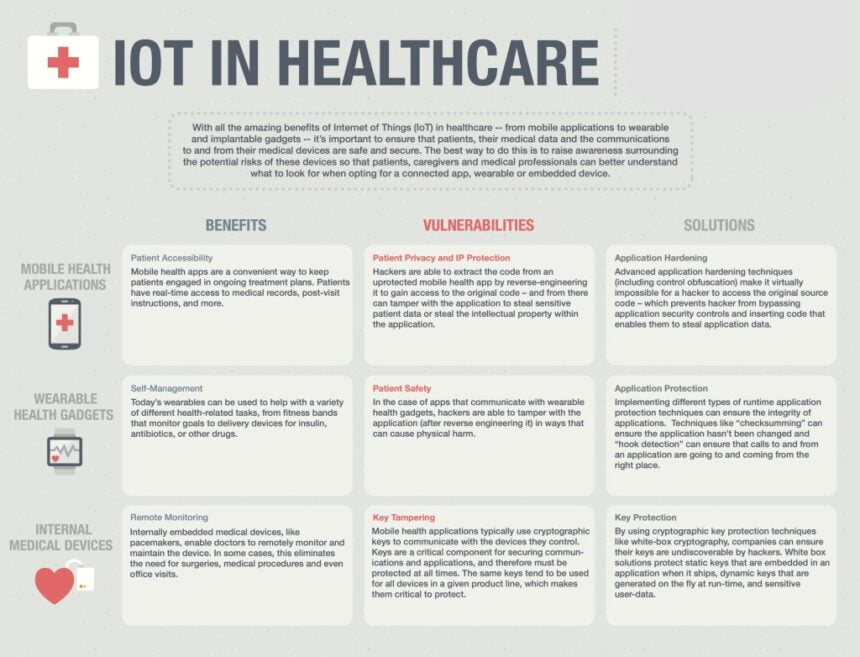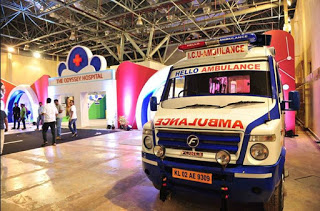You can’t turn around these days without running into a headline about the Internet of Things (IoT). It seems as if everything from your car to your cardiac pacemaker is talking to everything else on the internet, and we’re all about to
If you’re confused about the whole IoT thing, and what it means to healthcare, you’re not alone. As buzzphrases go, “Internet of Things” is having its Andy Warhol 15 minutes of fame on an auto-replay loop right now … but what will the actual interconnectedness of the technology we use in our daily lives deliver to us in the way of helping us live better/healthier lives? Will we find ourselves living out a cautionary “I, Robot” sci-fi tale as we become slaves to our IoT robot masters? The answer is … (wait for it) … “it depends.” And what it depends on how humans build and interact with our robot mast … um, the Internet of Things.
The biggest challenge is that healthcare, as an industry, sees the people it serves – we’ll call those people “patients” – as the product, not the customer. Which, I think, goes a long way to explaining why this most human of all industry sectors – the one we seek help from when we get sick – has so resolutely resisted becoming digitally accessible/approachable to its customer base. If you need a ride, Uber. If you want to shop, Amazon. If you want dinner, Yelp or BlueApron. If you need a doctor’s appointment … well, you can call to office to make an appointment. Or use the portal (if there is one). Or hit up the local urgent care. But there will be plenty of waiting, and it’s unlikely to be a tech-assisted process in any meaningful way.
How could the IoT help you in this situation? Well, if you have an iWatch, or an Android smartwatch (yes, there are such things), you could share your health-related data with your doctor (if s/he has an electronic medical records system that allows for that – pro tip: there ain’t many of those). There are a few consumer-accessible IoT devices that can communicate with clinical teams, like the AliveCor mobile ECG.
The IoT revolution, which allows your refrigerator to alert you if you’re low on milk and your car to text you to remind you it’s time for an oil change, hasn’t really arrived in healthcare. Sure, your iWatch and your Fitbit can send and receive health-related data via the web to you, and to anyone you’ve shared it with, but that “anyone” is unlikely to be your doctor unless s/he is a *very* early-adopter, tech-wise. For those of us who are early-adopters on the consumer side of tech, this presents an opportunity to be leaders in the healthcare arena by testing and assessing IoT quantified-self and self-tracking tools. When we find something that works well for us – in losing weight, in managing a chronic condition – we can then encourage our healthcare partners (our doctors and nurses) to join in our tech-enabled self-care.
What about the hackers who are lying in wait for all that user-generated data on the Internet of Things? The folks at Arxan sent me the infographic below, which is a great starting place to assess the security of any IoT app or device you’re assessing. Meanwhile, gotta dash. My Fitbit is reminding me it’s time for a walk. 









